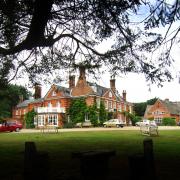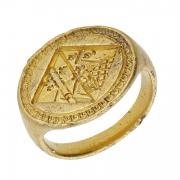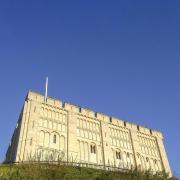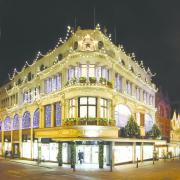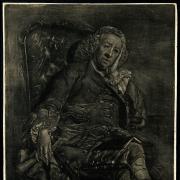Explore the lost villages of our county.
Alethorpe and Alagarsthorpe, Snore and Stinton, Stathing, Twanton, Wimpwell and Wyveling. A constellation of lost villages lies just beneath the soil of Norfolk - the list of names reading like the poetry of a vaguely familiar language.
Some have vanished so completely that they are simply a name in an ancient chronicle, like Hargham, near Quidenham, Letha, near Blofield, Nelonde, near Wreningham, and Golosa and Jerpestun, both near Loddon. Others leave more behind – mounds in fields marking the site of homes, “hollow ways” which were once streets, stories, ruins, and sometimes entire churches.
Out to sea are the drowned villages. Once we had Shipden, north of Cromer; Ness, east of Winterton-on-Sea (maybe once just Winterton), and Eccles-on-Sea which is now mainly Eccles-beneath-the-sea. Its church stood alone for centuries until finally being engulfed by sand and sea.


Marshy land King Canute gave a group of monks 1,000 years ago still borders the River Bure. Traces of a grand abbey can still be seen, but the main church of St Benet’s is long gone.
In other settlements only the church remains. At Felbrigg, near Cromer, and Houghton, near Fakenham, the villages which existed before the mansions were built and the parks landscaped were moved for fear of spoiling the view.
In other ghost villages even the churches are ruined – like at Babingley, near King’s Lynn, where St Felix once almost drowned (and is said to have been saved by beavers.)
He arrived to convert the people of East Anglia to Christianity and the story that he made one beaver a bishop has survived longer than the village.
At Bixley, near Norwich, the only parish church in England dedicated to St Wandregesilius was still used into the 20th century but is now a burnt-out shell, standing over the undulations in nearby fields which mark the site of its village.
At Godwick, near Fakenham, part of the church tower stands over one of Norfolk’s best preserved ghost villages. Its skeleton of streets and buildings lies beneath the grass, emerging as long dips and mounds. The people of Godwick moved out, or died out, more than 400 years ago but walkers can still wander the village streets.

In 1597 Sir Edward Coke, built a barn which is used today as a wedding venue, across one end of the main street.Add a series of poor harvests the village had reached the end of the road.
However, unlike many of the county’s lost villages, the land was not ploughed for cultivation which means visitors can still walk the streets of Godwick.
Landscape historian Ian Groves has researched the lost villages of Norfolk and knows of around 200 sites ranging from settlements abandoned centuries ago to the eerily deserted streets of West Tofts, Sturston, Langford, Stanford, Buckenham Tofts and Tottington, where villagers had to make way for a military training area in 1942 and were never allowed to move back.








